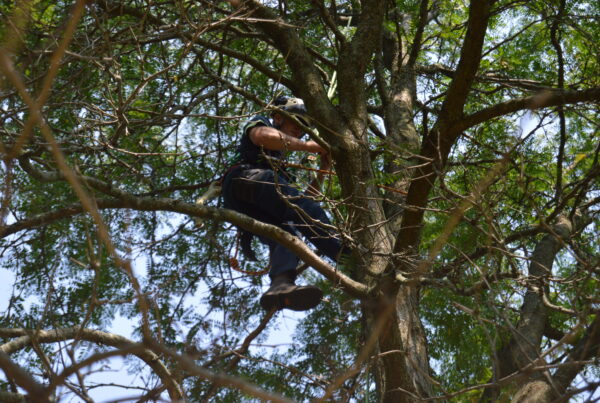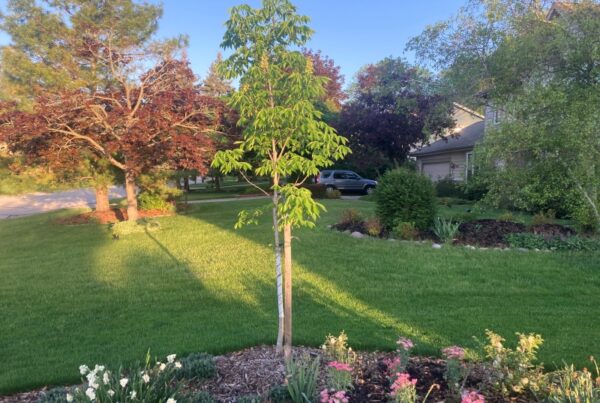Some residents and business owners checking their landscapes this spring are increasingly concerned about the health of their evergreen shrubs.
After a particularly harsh winter, many are noticing yellowing or browning of the leaves on their evergreens. This is not uncommon. For the past several winters in southeast Wisconsin, evergreens like the commonly planted boxwood suffered damage and can appear uniformly bleached because of wind, snow and extreme cold.
In addition to winter’s harmful effects, some may wonder if boxwood blight could be the culprit. This fungus affecting boxwoods – found in at least two dozen other states – was confirmed for the first time in Kenosha County last summer. So far, it is the only case in Wisconsin and plant pathologists are monitoring for the potential spread.
Here are the symptoms of boxwood blight:
- Circle-shaped, tan leaf spots with a dark purple or brown border
- Black stem lesions or blackening of the stems
- Infected leaves turn a tan color and drop from the plant, resulting in bare stems
Boxwood blight’s leaf spots may merge together and mimic winter injury, but there are differences. The disease causes the plant to turn brown from the bottom up. The browning patterns also pop up randomly and will continue this way until the entire shrub is infected.
So, what’s the likely diagnosis for boxwoods in our area?
Experts say the majority of the shrubs likely suffered winter burn. But, rest assured, winter burn is not a death sentence. Many plants can recover with proper pruning and the removal of damaged shoots. Protecting evergreens by covering them with burlap in the fall can also prevent injury.
If you’re concerned about winter burn or boxwood blight, contact one of our professional arborists at American Tree Experts for a consultation.




